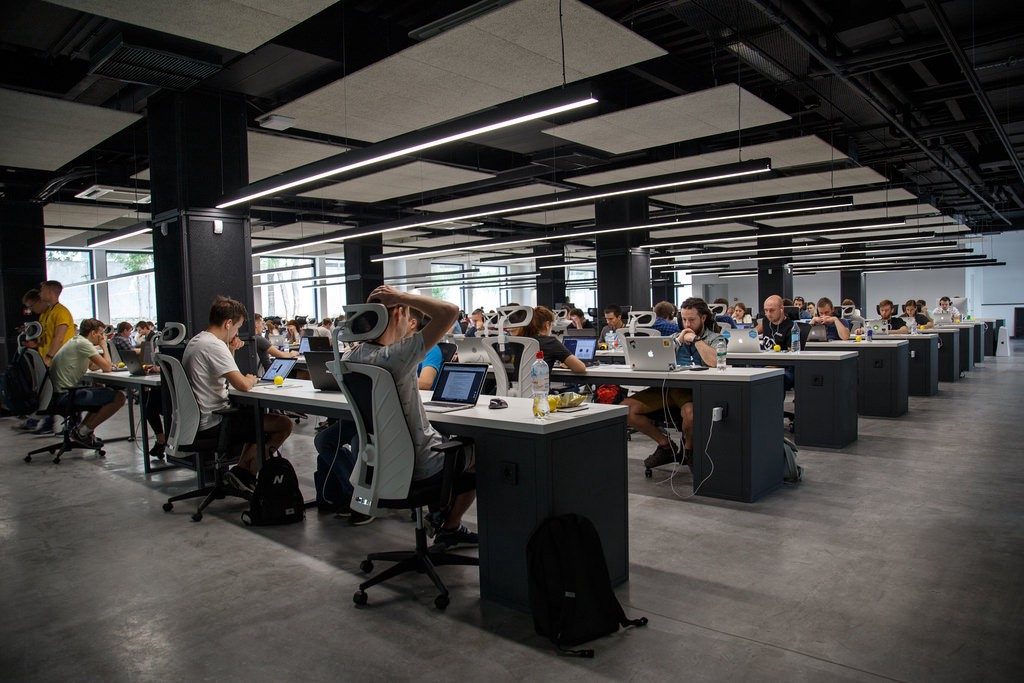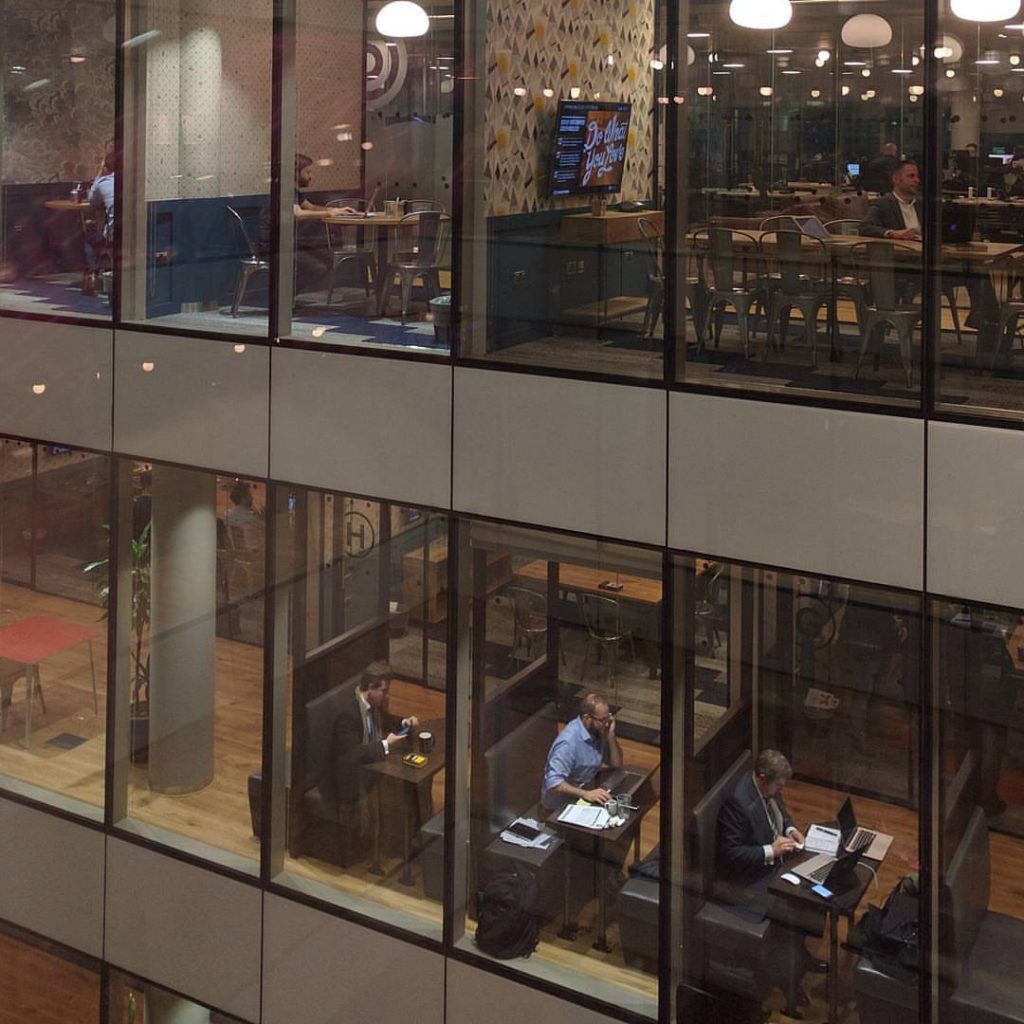Why coworking is not the future of work

by Umang Sood
As I look through the newspaper, I see yet another well-funded coworking brand has signed on another 60,000 sq. ft. space in Mumbai. Alarmingly, this is the fourth independent coworking brand to infiltrate this 2 sq. km. area in the past six months. All this while the existing coworking spaces in the area struggle to match occupancy expectations.
Coworking has long been touted as the future of work. But coworking spaces—originally, economical workspaces for small businesses and startups to network, collaborate, and grow—have now evolved to service enterprise clients almost exclusively. While everyone tries to jump on the coworking bandwagon, this nascent industry with shaky foundations is beginning to crack.
The beginning of the end: the commoditization of coworking
As the commercial real estate market slows down we are seeing an influx of both international and domestic coworking space brands enter the real estate market. Consumers faced with a plethora of choices are making decisions based solely on pricing and location. Brand loyalty and innovation is at an all-time low. Enterprises are tuned to look for the safest option at the lowest cost, and suppliers are trying to meet this enterprise demand by supplying copycat products at the lowest possible price. The following are some of the prevalent trends currently in the market.
Occupancy vs. revenue
“Occupancy equals success” is the probably the biggest fallacy facing the coworking industry currently. Unfortunately, the experts too, are easily fooled by the occupancy fallacy. I have seen leaders of top international property consultants equate the success of a particular coworking location with their occupancy levels. However, occupancy alone is not a measure of coworking success.

Revenue per seat is a more accurate measure of the health of a coworking location. Coworking operators right now are boosting occupancy level by lowering prices. While this fools most property consultants, investors, and even consumers, it is not a true reflection of the success of a coworking space.
Differentiation and community
Here are a bunch of coworking startups saying the same things about how different they are.
I find this especially hilarious and oh so true. Sounding the same as each other is what apparently sets them all apart.
This is even more common in India where copycat coworking spaces, focused on enterprise, are trying to give people the best deals. This is their version of differentiating, as opposed to differentiating based on the experience they provide members, or their design, or having investing time and effort in building a community. Some Indian coworking spaces are even copying each others’ website design.
Coworking space design
The standard bearer for coworking space design remains WeWork. Few come close to matching the look and feel of their offices. Innovation has come to a standstill with major players waiting on WeWork to show them the way. I implore you to help me differentiate between the “cabin” spaces of the top 5 coworking operators in India. It will make for a very challenging game of spot the difference.

The way forward
The only thing the coworking movement has taught us is that the way we work needs to evolve. Increasingly, commercial real estate is tending toward full service, flexible and multi-functional spaces. Coworking is now just step one of a much larger movement.
Image credits: Header photo courtesy of Matthew Hoffman. Photo 2 courtesy of Alex Kotliarskyi. Photo 3, of WeWork offices, is in the Wikimedia Commons courtesy of Matteo Doni.
This article originally appeared on Medium.
No comments yet.